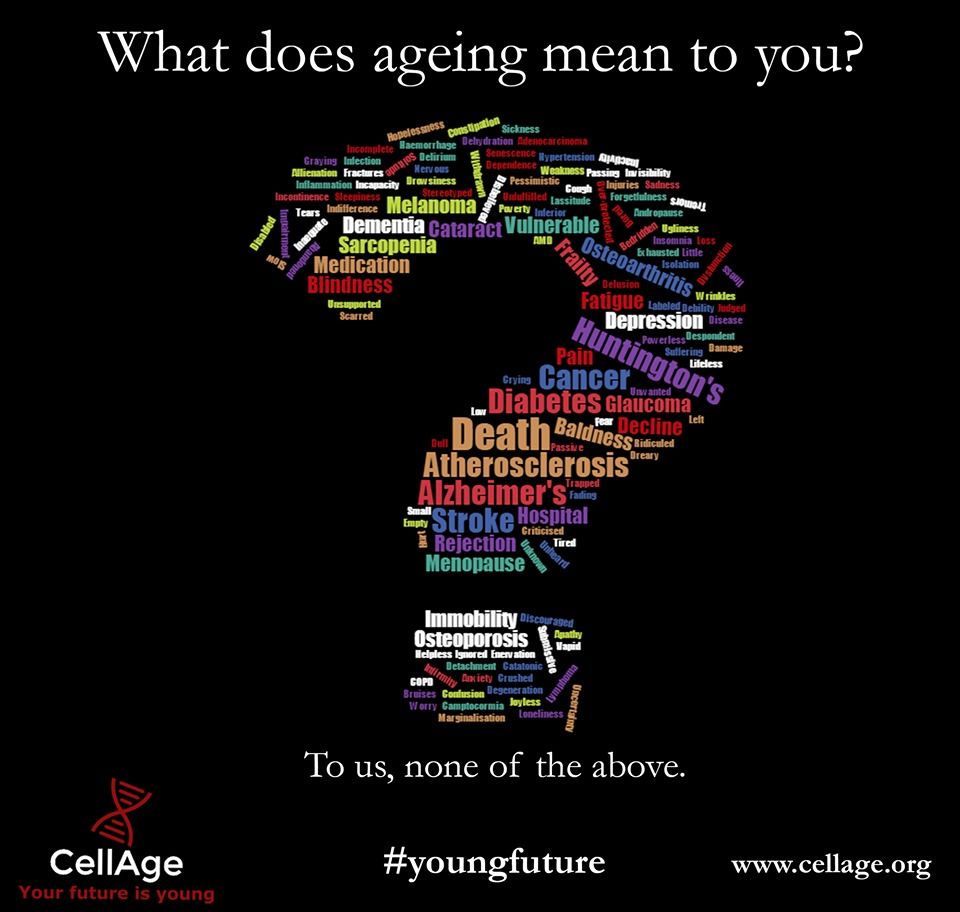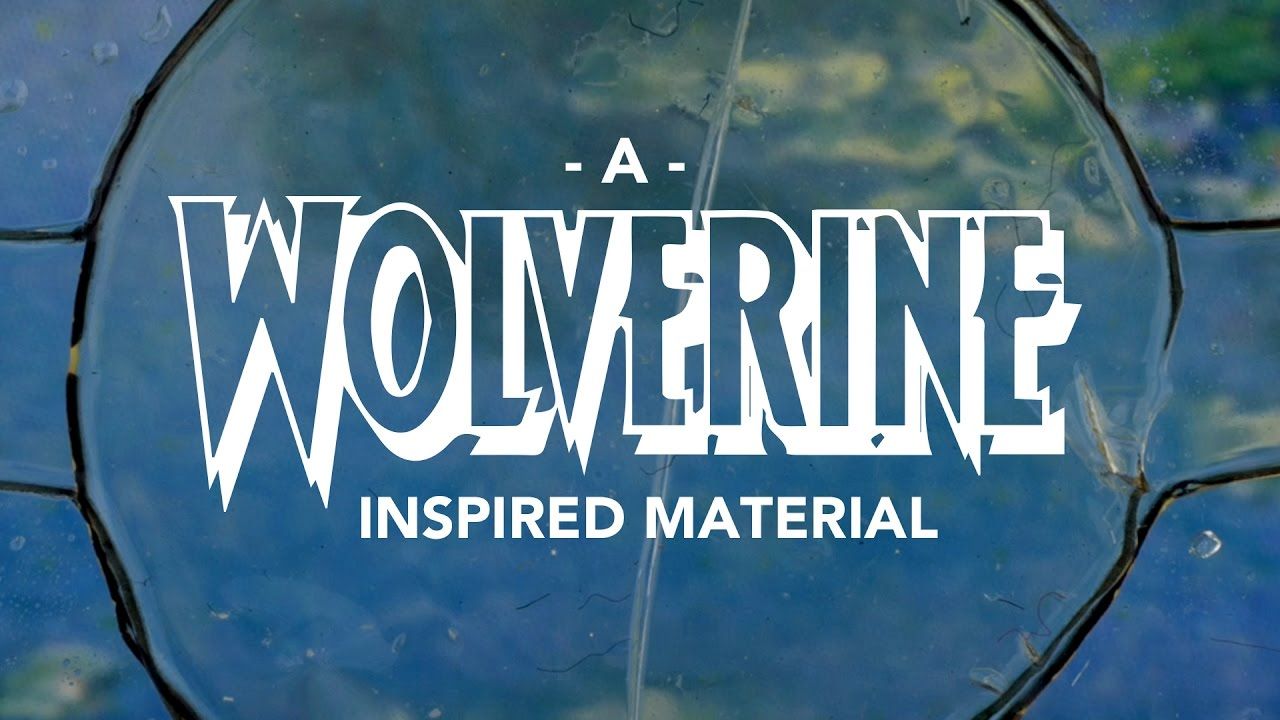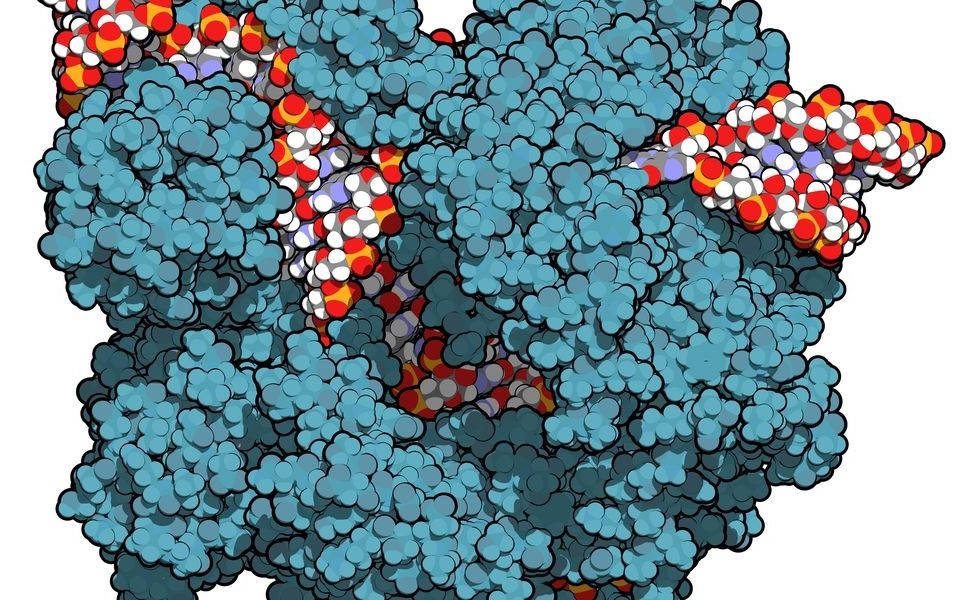Page 10337
Jan 7, 2017
Moore’s Law Will Soon End, but Progress Doesn’t Have to
Posted by Karen Hurst in categories: mobile phones, supercomputing
In 1965, Intel co-founder Gordon Moore published a remarkably prescient paper which observed that the number of transistors on an integrated circuit was doubling every two years and predicted that this pace would lead to computers becoming embedded in homes, cars and communication systems.
That simple idea, known today as Moore’s Law, has helped power the digital revolution. As computing performance has become exponentially cheaper and more robust, we have been able to do a lot more with it. Even a basic smartphone today is more powerful than the supercomputers of past generations.
Yet the law has been fraying for years and experts predict that it will soon reach its limits. However, I spoke to Bernie Meyerson, IBM’s Chief Innovation Officer, and he feels strongly that the end of Moore’s Law doesn’t mean the end of progress. Not by a long shot. What we’ll see though is a shift in emphasis from the microchip to the system as a whole.
Continue reading “Moore’s Law Will Soon End, but Progress Doesn’t Have to” »
Jan 7, 2017
IBM predicts five innovations for the next five years
Posted by Klaus Baldauf in categories: biotech/medical, nanotechnology, robotics/AI
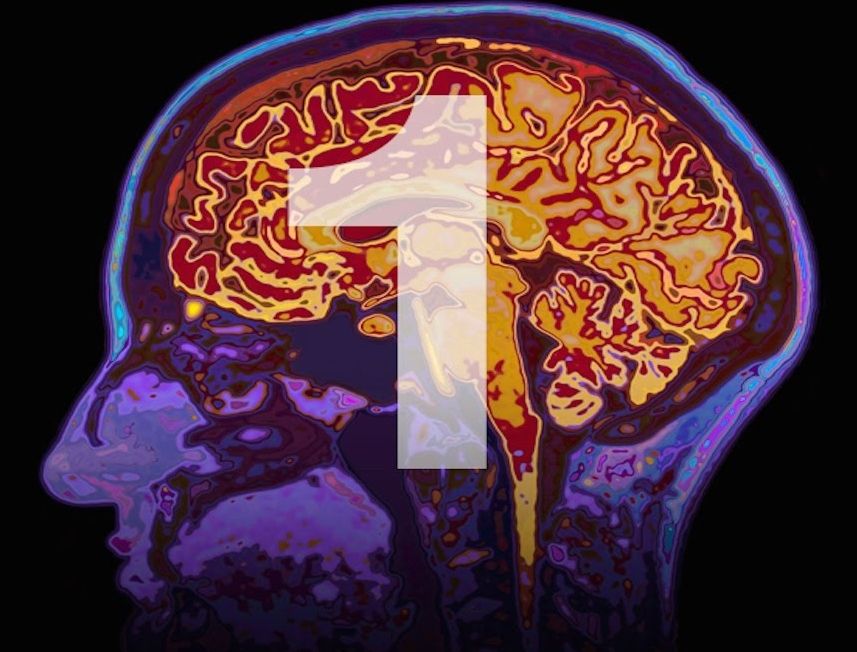
https://youtube.com/watch?v=DnYUNQVcVnI
IBM has unveiled its annual “5 in 5” – a list of ground-breaking innovations that will change the way people work, live, and interact during the next five years.
In 1609, Galileo invented the telescope and saw our cosmos in an entirely new way. He proved the theory that the Earth and other planets in our Solar System revolve around the Sun, which until then was impossible to observe. IBM Research continues this work through the pursuit of new scientific instruments – whether physical devices or advanced software tools – designed to make what’s invisible in our world visible, from the macroscopic level down to the nanoscale.
Continue reading “IBM predicts five innovations for the next five years” »
Jan 6, 2017
This Is Probably What A Store Will Be Like in the Future
Posted by Shane Hinshaw in categories: futurism, robotics/AI
Jan 6, 2017
Scar-free wound healing could be on its way
Posted by Shane Hinshaw in category: biotech/medical
There are a couple of reasons that scar tissue looks different than regular skin – it lacks hair follicles, and it has no fat cells. Recently, though, scientists from the University of Pennsylvania and the University of California, Irvine succeeded in addressing both factors. They’re now able to get wounds to heal with regenerated skin, instead of with scar tissue.
Myofibroblasts are the most common type of cell found in healing wounds, and they’re associated with scar formation. Led by U Penn’s Dr. George Cotsarelis, the research team was able to get those cells to transform into ones known as adipocytes – these are the fat cells that are present in normal skin, but absent in scars.
Scientists in the Cotsarelis Lab already knew which growth factors were necessary for hair follicles to form in the skin. This knowledge previously allowed them to induce follicles to grow at wound sites on mice, although that would supposedly only be solving half of the problem.
Jan 6, 2017
Aging does not have to mean what it means to many people today
Posted by Steve Hill in categories: futurism, life extension
The researchers at CellAge see aging differently to many people and they have a vision.
Jan 6, 2017
Researchers Create New, Self-Healing Artificial Muscles
Posted by Shane Hinshaw in categories: cyborgs, materials
Jan 6, 2017
This 3D Printed Art Project Could Have Medical Applications
Posted by Shane Hinshaw in categories: 3D printing, biotech/medical
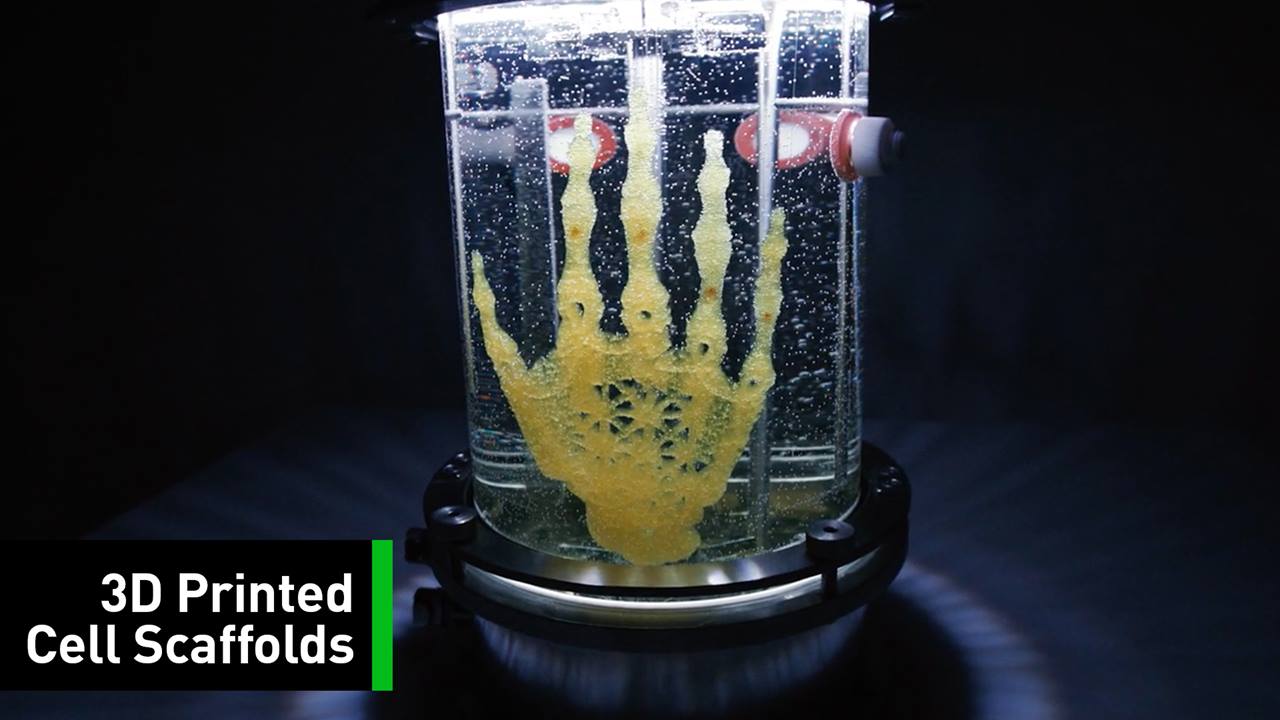
Futurism, Brooklyn, New York. Covering the latest scientific breakthroughs and technological innovations.
Jan 6, 2017
CRISPR will be a huge story in 2017. Here are 7 things to look for
Posted by Shane Hinshaw in categories: biotech/medical, genetics
Jan 6, 2017
Life Insurance Company is Replacing Human Employees With AI
Posted by Shane Hinshaw in categories: employment, robotics/AI
In Brief
- Japanese life insurance company Fukoku Mutual is replacing 34 employees with AI derived from IBM’s Watson.
- Automation is securing its place now even outside of the manufacturing sector. While not all jobs are at risk of machine replacement, that list seems to be growing smaller.




